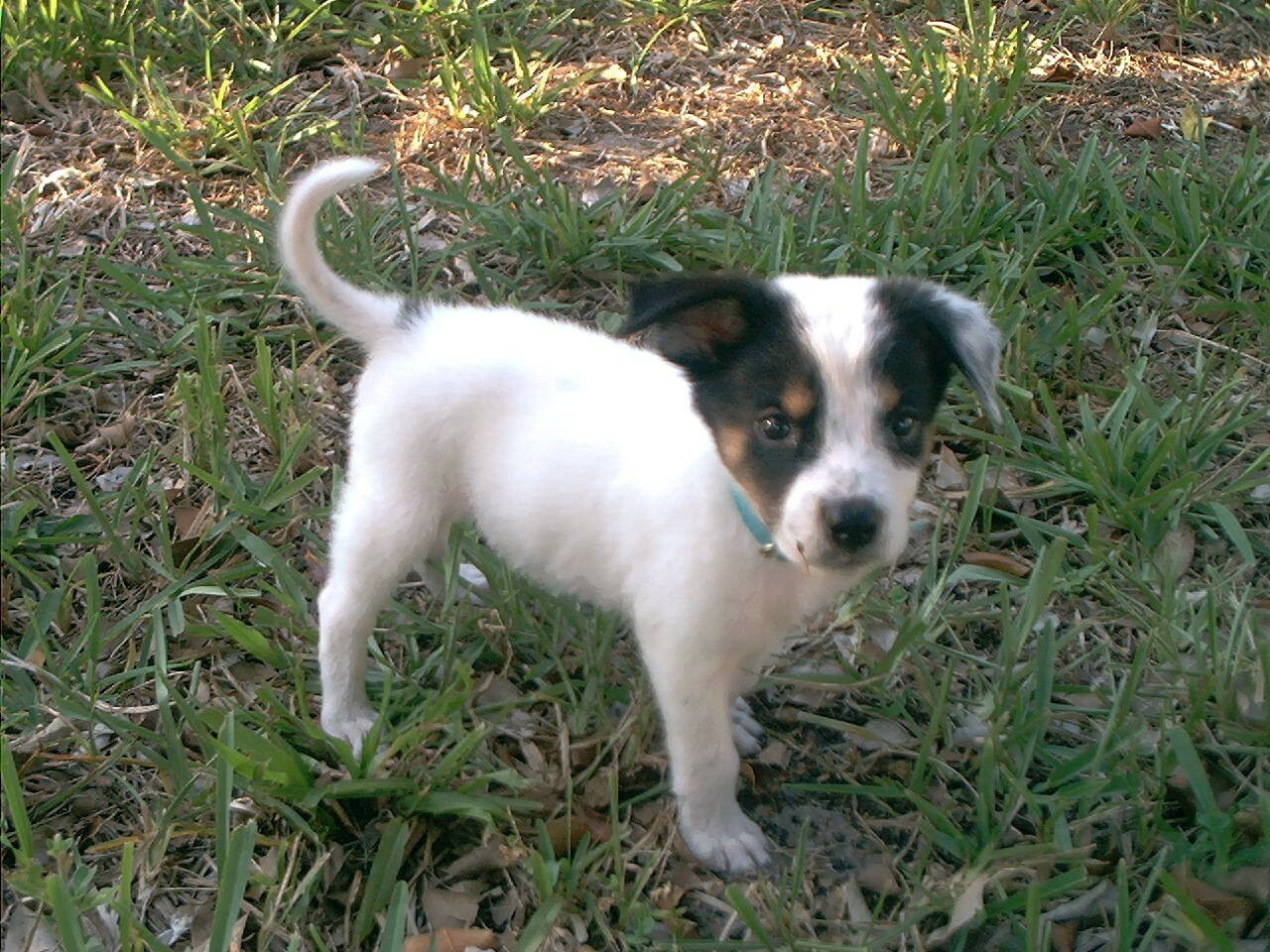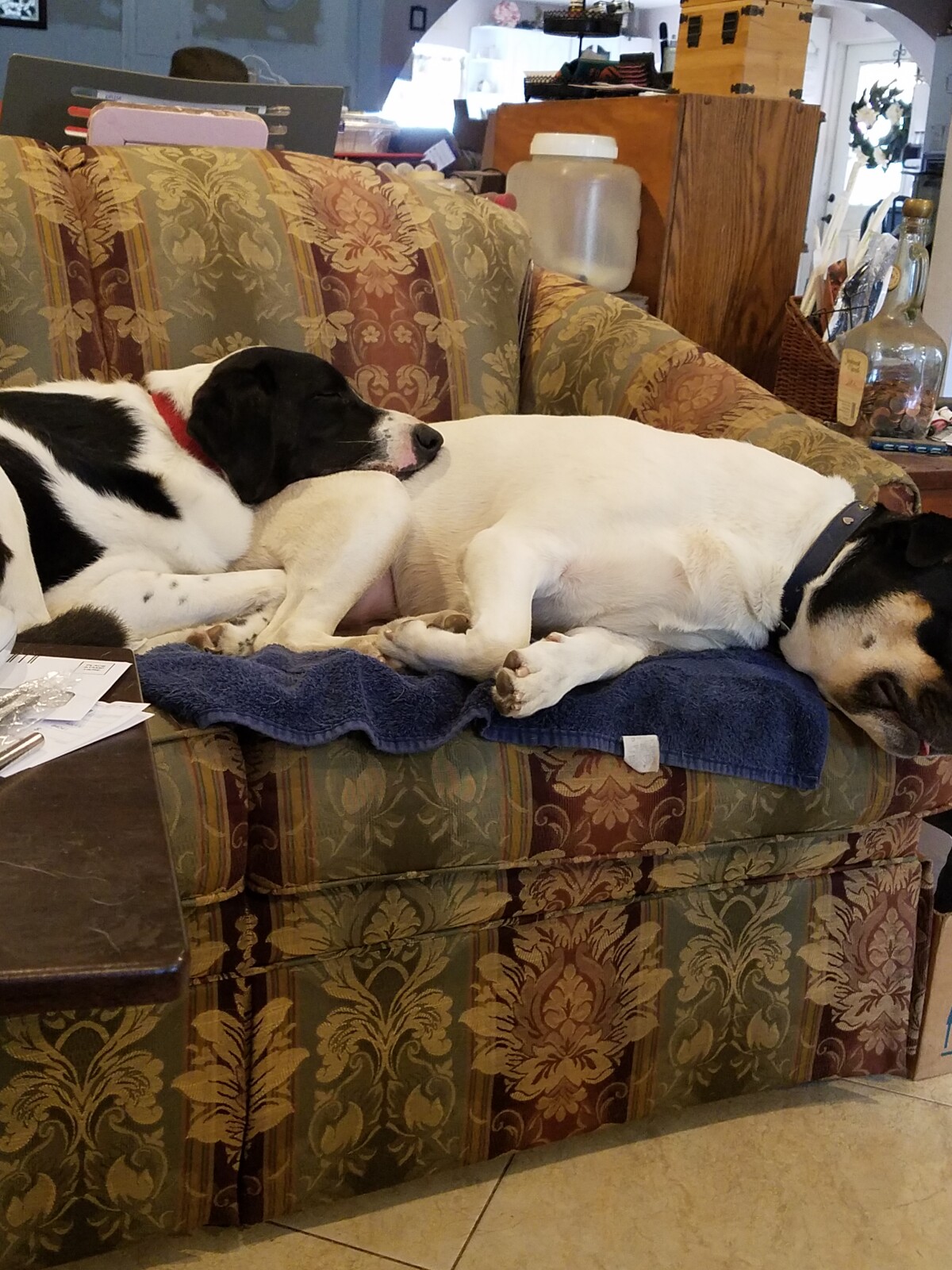
Every 6 or 7 months we either Fall back or Spring ahead to extend the time that we have daylight hours. Does this time change affect your pets? In a simple word - yes! But it is more complicated than just a simple yes.
Your pets have a circadian rhythm just like people do. And so like people, when we have an hours change in our sleep schedule it affects us and them too. They don't care if our clock says 5:00 am or 6:00 am - they just notice the change in their daily routine. Dogs are creatures of light just like their humans and your animal 's behavioral patterns are deeply tuned to the rhythms of night and day. Have you noticed that most dogs wake up at daylight and want to go out? Or that they are ready for bed when the sun goes down? Just like us, they are creatures of habit and have very predictable patterns, which also explains how they can pick up on our patterns of behavior so fast as well.

Daylight savings time and it's change back to Standard Time can make for some grumpy and testy canine companions. But there is hope and ways to help your lovable pooch adjust easier to this dreaded time change.
1. You as the human, can incrementally begin to to change your routine by say 15 minutes day for a couple weeks Schedule in an little extra devotional time, or some extra morning stretching while your little furry family member waits for his/her walk. Another idea is to start going to bed 15 minutes earlier each night so that after DST begins you furry baby will already feel likes it's 6pm. These tips and tricks also work on two legged kiddos.... avoid the struggle and fight of trying to get them to sleep before they feel it's time - by adjusting 15 minutes each day for about 2 weeks.
2. Along with bedtime or wake in times, you should also gradually adjust meal times so their bodies will have a smoother transition to the new time of feeding schedule. In the Fall you would merely feed 15 minutes later each day to avoid them having to suffer the full 60 minute change on the day of time change. The same works for Spring by just feeding them a little earlier each day - especially if you have a dog that is on some kind of medication schedule that requires food be given at regular time intervals (like diabetes or epilepsy like I do).
3. The one thing that is hard to manage, especially in fall, is your arrival home from work. Since many times it will mean it is dark before or around the time you get home, your pup can get anxious wondering if you will ever come home. One way around this is to maybe run an errand or two on the way home. Filling up your car on the way home, stopping at the grocery store for 1 or 2 items, or even stopping in a parking lot to make a phone call or text can extend the time before you get home, giving your little pup a chance to get used to the new schedule. Then in Spring they will see you sooner than they are trained to, and will think they've hit the lottery when you come home to them "early".
 4. Using essential oils can also help to alleviate their anxiety and stress over the change in schedules. Using your diffuser with some simple calming oils can certainly help aid in the transition. Remember to never leave any animal locked in a room with a diffuser going without some way out. This allows them to leave when they feel comfortable enough - or to remove themselves from the oil if they do not care for it. Some oils to try would be Peace and calming, Lavender, Stress Away - each for helping transition through difficult times. Another one to try would be Cedarwood which helps to create a warm and comforting atmosphere - but just make sure to be there during part of the time the oil is being diffused so you can take note of how your pup is reacting and you can adjust as needed.
4. Using essential oils can also help to alleviate their anxiety and stress over the change in schedules. Using your diffuser with some simple calming oils can certainly help aid in the transition. Remember to never leave any animal locked in a room with a diffuser going without some way out. This allows them to leave when they feel comfortable enough - or to remove themselves from the oil if they do not care for it. Some oils to try would be Peace and calming, Lavender, Stress Away - each for helping transition through difficult times. Another one to try would be Cedarwood which helps to create a warm and comforting atmosphere - but just make sure to be there during part of the time the oil is being diffused so you can take note of how your pup is reacting and you can adjust as needed.With these few simple tricks and tips both you and your furry family member can transition easier between Daylight Savings time and Standard Time this year.
To read more about how you can help yourself and your human family members ease the effects of time change as well, this article will help. https://scentsofvalor.com/blog/49203/does-time-change-really-affect-us-and-our-bodies-
Blessings
Cheryl Jones
c.and.e@att.net













0 Comments